In the 1950s, simply the name Maserati was enough to set the road trembling and still to this day, there are few words in the motoring industry that trigger that sense of desirability.
This year - this month in fact - the Italian brand celebrates its centenary. One hundred years of manufacturing cars, from its very first racecar – the Tipo 26 in 1926 – to 2014’s most recent additions, the Ghibli and the much anticipated Levante SUV.
Despite purists claiming that the history of the brand started in 1926 – with the release of the Tipo 26 – its roots can actually be traced back to 1914, in an old bottle factory in Bologna. It is here that three motoring-obsessed brothers – Alfieri, Ettore and Ernesto Maserati – opened a small automotive workshop, and called it Societa Anonima Officine Alfieri Maserati SA.
Following the disruptions of the First World War, the brothers got to work tinkering with valves, sawing away at chassis, experimenting with weight distribution and eventually launched the Tipo 26. That year, the car entered into the famous Targa Florio race in Sicily – and won.
Three years later, Maserati would set a new land speed record of 246kmh – at a time when other cars were still being overtaken by horse carts. With their obvious talents clear to see, the success brought a long list of admirers to the Maserati workshop in Bologna, and so the foundations of the brand were laid.
In 1940, the company’s reputation had grown so much that they were forced to build a new factory down the road in Modena. Rapidly, the address of Viale Ciro Manotti became synonymous with the world of racing cars.
The famous trident remains one of the most iconic symbols in motoring.
The success story of Maserati would continue post World War Two, with the production of some of the industry’s most memorable cars. Early models such as the A6 and Gran Tourismo would go on to be huge successes and subsequently inspire the development of the first Quattroporte and Ghibli models.
In the 1950s, Maserati would shift their focus to creating iconic country cars such as the 3500 GT and the 5000 GT, followed by the Mistral, Bora, Gran Cabrio and – perhaps the most popular – the Ghibli Spider.
In 1967, legendary Italian designer Giorgetto Giugiaro took over the leadership of the design team in Modena. The maverick designer would spearhead a period of some of the most creative designs ever made, and led the creation of models such as the Maserati Simun Ghia (shaped like a bullet) and The Boomerang (designed like an arrowhead) as the company began pushing the boundaries for aggressive-futuristic design.
Frua Spyder (1953).
The past century has seen Maserati’s bold designs and racing heritage develop a long history of enticing a who’s who of celebrities though it dealership’s doors. From the automotive celebrity of Fangio, to Golden Age Hollywood stars such as Elizabeth Taylor and Marcello Mastroianni, to today’s celebrities including Tiger Woods, Cameron Dias and Sir Anthony Hopkins. Each of them enticed by the proud history and allure of the trident brand’s cutting-edge design.
Now part of the giant Fiat-Chrysler Automobiles empire, big things are expected from the iconic brand – especially in its hundredth year. Demand for all things Maserati have exploded in China and across the Middle East, with its owners calling for bold sales growth from 15,400 cars sold globally in 2013 to 50,000 by the end of next year.
That may seem like a serious jump, but with their future line-up including the new Ghibli, a redesigned Quattroporte, the brand’s first-ever SUV and the gorgeous-looking Alfieri new in the pipeline – it looks like Maserati will enter their second century at its very pinnacle.
The new Quattroporte S.
Details: visit Maserati100.com








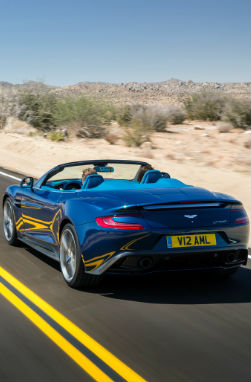
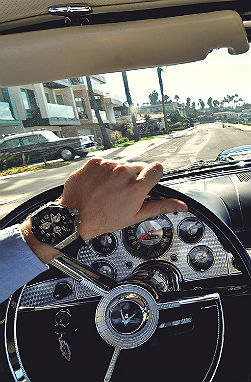
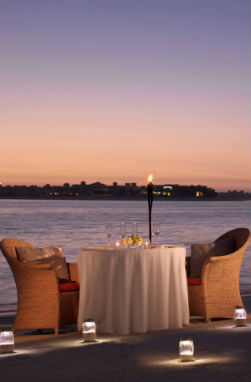
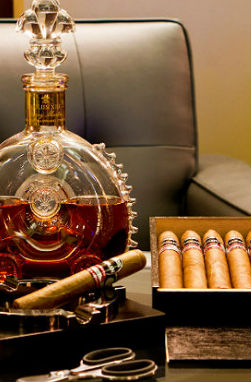



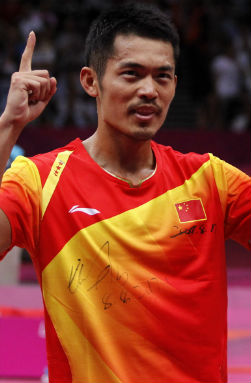
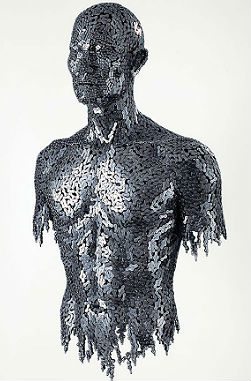
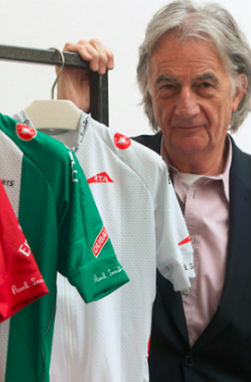
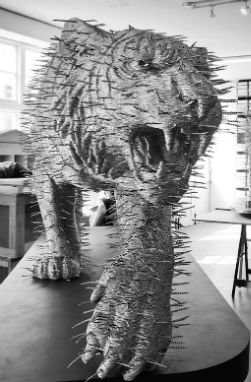




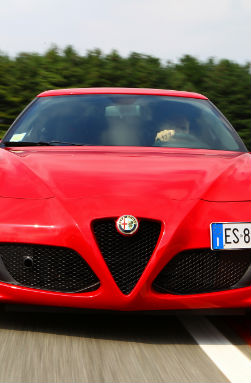
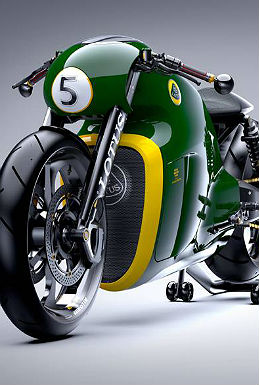
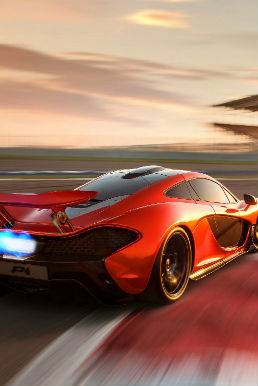
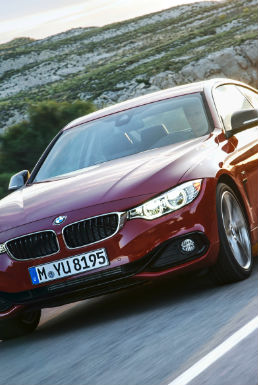
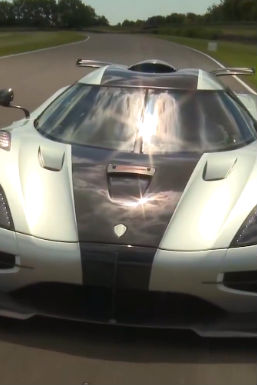


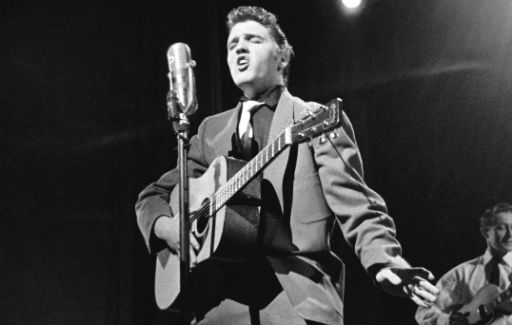



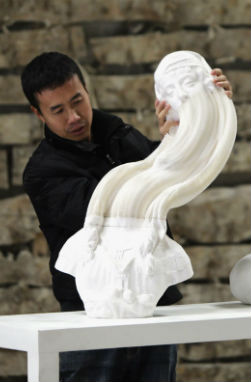


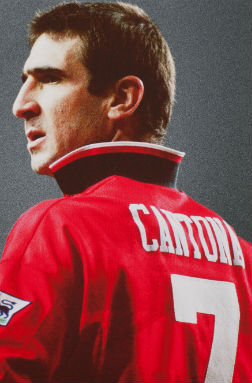
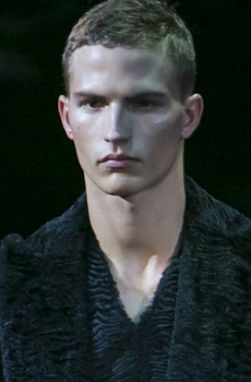


SHARES
Comments